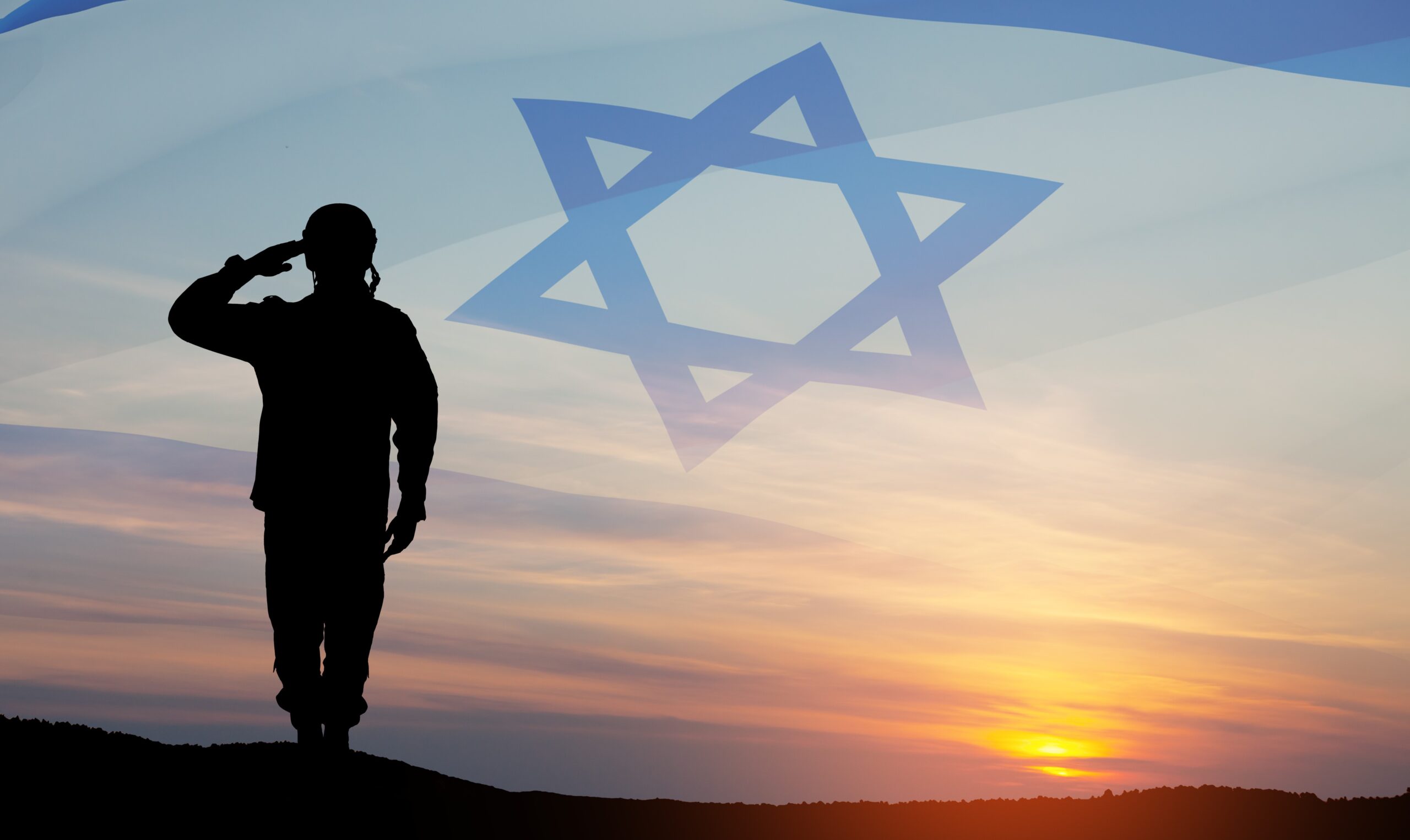Nearly two years after the horrific Hamas attacks of October 7, 2023 - the darkest day in modern Israeli and Jewish history - Israel is finally celebrating a long-awaited moment of relief.
On that horrific morning two years ago, as Israelis marked the joyous holiday of Simchat Torah, terrorists from Gaza launched an unprecedented assault and massacre, killing over a thousand civilians and kidnapping hundreds of men, women, and children. Families were torn apart, entire communities devastated, and many of the hostages remained in captivity for years.
Now, at last, following tireless negotiations and international pressure, a ceasefire agreement has brought the release of the remaining living hostages from Gaza. As part of the deal, Israel also expects to receive the remains of those who tragically did not survive, alongside a limited prisoner exchange. While the ceasefire remains fragile and the wounds are still raw, this moment represents a powerful turning point - a glimmer of hope after unthinkable pain.

The Ceasefire and What It Means
The new ceasefire agreement marks both an end and a beginning: It has enabled the hostages’ long-awaited freedom and created a temporary pause in fighting, offering families precious reunions and moments of peace. Yet challenges remain.
Several hostages are still unaccounted for, and Israel continues to face pressing humanitarian and security concerns on multiple fronts. Rebuilding ravaged communities, caring for released captives, and ensuring the safety of all Israelis are tasks that will take time, unity, and resilience.
Still, for the first time in months, Israelis can breathe a little easier. Streets once filled with anxious vigils are now alive with song, flags, and tears of both joy and remembrance. Amidst all the uncertainty, there is a renewed sense of collective strength and gratitude - a feeling that Israel’s spirit, though tested, has endured.























